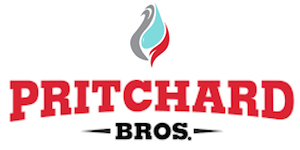AMES, Iowa—Gardeners who are looking for a creative way to control insects might consider planting some sweet alyssum.
This flowering annual or short-lived perennial adds some bright colors to the garden, and most importantly, it attracts beneficial insects such as ladybugs and hoverfly. These insects are beneficial to plants because they feed on pests, especially aphids.
Taylor Mauch, a graduate horticulture student at Iowa State University, has found success with sweet alyssum in her vegetable plot at the Iowa State Horticulture Research Station north of Ames. Mauch grows the alyssum between rows and at the end of rows, and has found a significant reduction in insect damage to her pepper plants.
Mauch explains how to plant and grow sweet alyssum in an article called “Sweet Alyssum to Attract Beneficials,” which was published in the January-February edition of Acreage Living Newsletter. The article was co-written with Ajay Nair, associate professor in horticulture and extension vegetable production specialist with Iowa State.
“Sweet alyssum flowers attract beneficial insects, which then move on to other plants in the vicinity,” said Mauch. “Having sweet alyssum as a food source could help to enlarge beneficial insect populations, providing more opportunity for these beneficial insects to attack pests.”
One adult ladybug can consume as many as 50 aphids per day, according to the article. The more ladybugs, the more aphids consumed.
The mature size of a sweet alyssum plant is 3-9 inches tall and 10-48 inches wide, depending on variety and does best in full sun to partial shade, though prefers shade from afternoon sun in warmer climates.
Sweet alyssum is easy to plant, according to Mauch, and can be started indoors or planted directly outdoors in the spring. If planting outdoors, she recommends waiting until after the last frost. The seeds can be purchased online or from garden centers.
Other articles in the Acreage Living Newsletter include a highlight of the Farm Transitions Conference in February, Windbreak School Events, a new guide for balancing mare nutrition.











